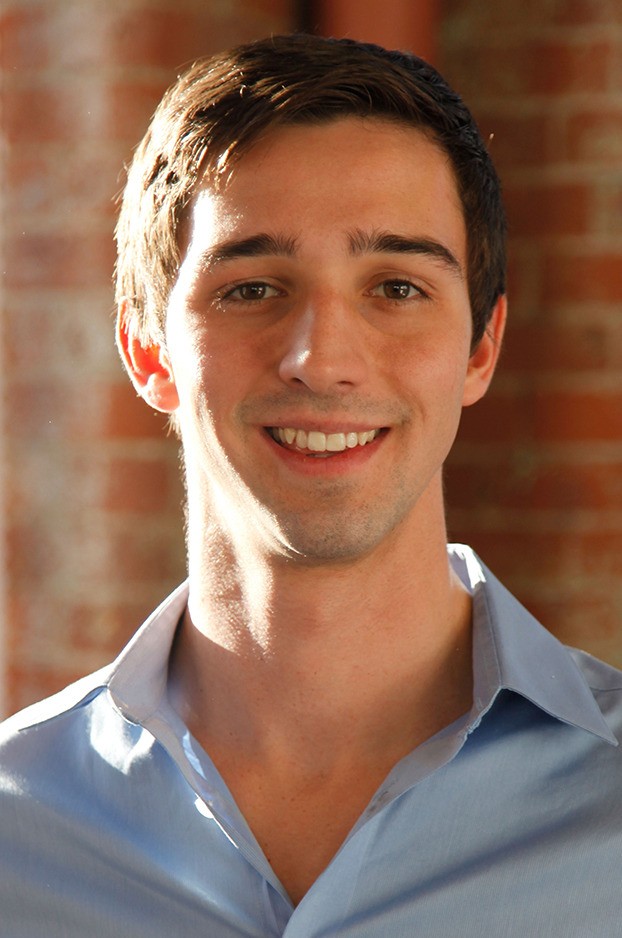Under Tyler Benster’s senior yearbook picture at Mercer Island High School, it reads: “Either write something worth reading, or do something worth writing.”
The latter, can certainly be said of Benster, who graduated from Brown University last spring and has since helped launch a 3D printing business called Azavy, which acts as a platform for 3D printers, object designers and consumers, to share the marketplace. In April he was invited to participate in Stanford’s E-Bootcamp, introducing 100 of the top student entrepreneurs in the world to an elite group of venture capitalists and founders. Benster also helps organize Inside 3D Printing, the industry’s largest trade show.
Benster built his first 3D printer in high school: a RepRap Darwin, entirely from scratch, sourcing materials from the internet. Parts were harder to come by back then and it took an average of 100 hours to build a printer from the ground up. Now that process can easily be condensed into six for desktop machines, he says. And the menu of items you can 3D print is almost limitless.
“What’s most exciting about [3D printing] is how democratizing it can be. Anyone can be a maker.”
Now rooted in Rhode Island, Benster is a policy advocate and young entrepreneur in the burgeoning industry.
Though 3D printing has only recently entered popular lexicon, the technology has been around for almost 25 years. Tinkerers and the commercialization of desktop printers have reintroduced it to the masses.
Using blueprints of objects, a device with a nozzle reprints them layer by layer. The catalogue of printable articles can range from squirt guns to platters of food and airplane parts. It’s been embraced by both garage innovators and Fortune 500 companies like Boeing, which since 2002 has been producing fan ducts using the technology. Maybe more familiar to consumers though, are products like Invisalign, an alternative to braces that requires a new cast for crooked teeth, every several weeks.
Benster recalls a design class he took at Brown University. After procrastinating he used his printer to produce a squirt gun for a final project. The design was full-proof, even capable of shooting water.
The implications for 3D printing are massive. Not only can it shrink the manufacturing cycle of a product, but it allows for infinite customization. Instead of using new tools, instructions can be easily tweaked in the software. Several milestones have helped along the 3D printing revolution, like the expiration of certain patents, enabling companies to commercialize the technology. Benster estimates that there are now 100 firms, many of them smaller-scale and geared toward desktop printers.
“Manufacturing is changing, and so is our idea of design,” said Benster, who later that day would fly to Washington, DC to talk about the implications of 3D printing with the United States Patent and Trademark office. “We’re constrained by our understanding of how parts are conventionally made. The hardest part is not developing the machines, but a labor force that knows how to use it.”
And Benster recognizes that there are critics. Some argue that 3D printing, when used by giants like Boeing and General Electric, could replace manufacturing jobs.
“I fully agree that globally it will reduce the labor force of manufacturing,” says Benster. “However, for local communities like Seattle and most places in the U.S., the manufacturing of goods is already happening overseas. [With 3D printing] we’ll start to see certain classes move back to local communities, reducing material waste and our environmental concerns.”
Benster credits his upbringing in the Pacific Northwest with his early success. While home for Thanksgiving, he took a trip to a company with facilities in Auburn, building molds for sand casting in naval yards.
“We’re still in the novelty phase, so it will be interesting to see what sticks,” says Benster. “But I can tell you, 3D printing will have a role in the future.”
Visit Azavy at www.azavy.com. Benster’s personal blog can be followed at tylerbenster.com.



